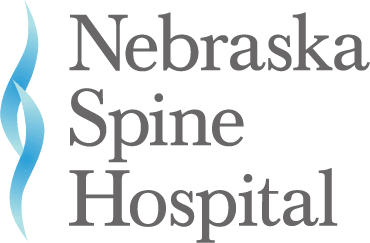Cervical spine surgery is performed to treat spinal instability and/or spinal cord impingement. The cervical spine is the seven bones of your neck, which are separated by discs. The discs allow the neck to move freely, and to absorb shock during activity. Cervical spine surgery is for patients whose symptoms are beyond physical therapy and medication.
Doctors can treat the cervical spine from the front (which is the anterior approach) or from the back (posterior approach). When performing surgery, most doctors prefer the anterior approach since it is easier to maintain the alignment of the spine when performing surgery this way.
Most patients can go home the same day as their surgery, though some are advised to stay one night. The recovery time is much longer, however. Most patients can recover within 4-6 weeks, though others may take up to 18 months for a full recovery.
As with all surgeries, there are a few risks with a cervical spine surgery. There could be possible damage to the esophagus, to the spinal cord, nerve roots, and infections. Most of these complications do not happen, but it really depends on the patient. For instance, if the patient has diabetes or is a heavy smoker, they are more likely to experience an increase in these risks than a patient who isn’t a smoker or has diabetes. All patients are encouraged to talk through any risks and complications with their doctor before having the surgery.
To ensure a healthy spine after surgery, a few cervical spinal instruments may be inserted or used. They include: anterior cervical plates, posterior cervical plates, posterior cervical wiring, anterior cervical interbody cages, and post-operative cervical braces (spine-health.com). These plates and braces are used to ensure stability of the spine after removing a disc.
After having cervical spine surgery, physical therapy is recommended as well as certain medications to help with the pain and healing process. The first few days post-surgery, you may only be able to consume liquids, switching back to solid foods gradually. And finally, you will have to wear a neck brace for a while to help keep your neck in proper alignment while it heals.

